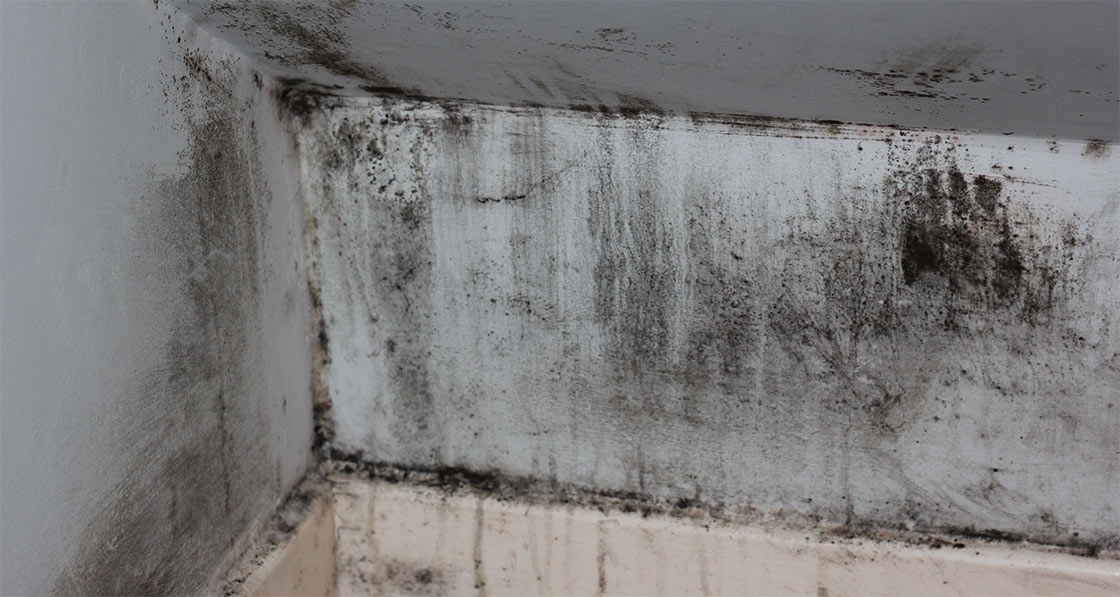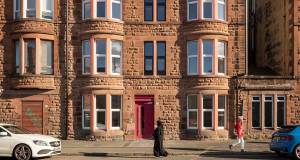
- Government
- Posted
Indoor air concerns about government’s healthy upgrade scheme
Questions have been raised about ventilation standards under the government’s new Warmth & Wellbeing scheme, which provides free energy efficiency upgrades to people over the age of 55 living in Dublin 12 and 24, who experience energy poverty and are also suffering from respiratory conditions.
This article was originally published in issue 19 of Passive House Plus magazine. Want immediate access to all back issues and exclusive extra content? Click here to subscribe for as little as €10, or click here to receive the next issue free of charge
The scheme follows a number of high profile cases of dampness and mould in social housing in Dublin, and a legal case taken by residents of 20 local authority estates, most of them in Dublin, to the European Committee of Social Rights, that raises issues of dampness and mould in housing.
The statement released by the Department of Communications, Climate Action & Environment to mark the launch of the scheme makes no reference to the importance of proper ventilation for improving indoor air quality and reducing indoor humidity for tenants affected by dampness and mould.
The statement does, however, refer to high rates of respiratory disease in Ireland.
It reads: “By retrofitting homes, the Warmth & Wellbeing scheme aims to improve the internal air temperature and air quality in the homes of people suffering from these conditions. This should ease the symptoms of people with respiratory conditions and potentially reduce their need to access health services.”
Responding to a question from Passive House Plus, the Sustainable Energy Authority of Ireland said that ”all works under the Warmth and Wellbeing programme, including ventilation provisions, are done in accordance with NSAI SR54: Retrofit Code of Practice”.
However, SEAI has confirmed that the scheme will rely on so-called system one ventilation — the traditional approach that combines ‘hit and miss’ wall vents and/or trickle vents in living spaces with intermittent extract fans to bathrooms and kitchens.
Many ventilation experts question whether this approach can deliver sufficient fresh air.
The scheme is set to be expanded in 2017 to include families with young children, and the three additional areas of Dublin 8, Dublin 10 and Dublin 22.
Communications minister Denis Naughten secured an increase in Budget 2017 of €10 million to expand the scheme. It is anticipated that this will provide for the upgrade of between 700-800 homes next year. An independent research project has been commissioned to assess the results of the scheme.
Last year, Dublin City Council blamed almost all cases of dampness and mould in its social housing on tenants, with the council being quoted in the Irish Times as stating that “damage to a property as a result of condensation (such as mould growth) is solely the responsibility of the tenant”, though it did say the installation of extra vents was sometimes offered in such cases.
Leading English ventilation consultant Ian Mawditt of fourwalls Ltd warned that airtightness and reliable ventilation must go hand in hand: “Many retrofit measures, whether replacing windows, or applying layers of insulation will reduce the air leakage either by default or by design intent.
Whilst this will help to improve the energy efficiency of the home, and make it more comfortable, there is a serious risk that the air quality will deteriorate if ventilation is not considered holistically as part of the retrofit strategy.”
Mawditt said knowing the air leakage rate is key to determining the right ventilation strategy, meaning airtightness tests should be conducted, and raised particular concerns about small, tight flats. “System one in small airtight homes is unlikely to provide sufficient year-round ventilation to maintain good indoor air quality.”







